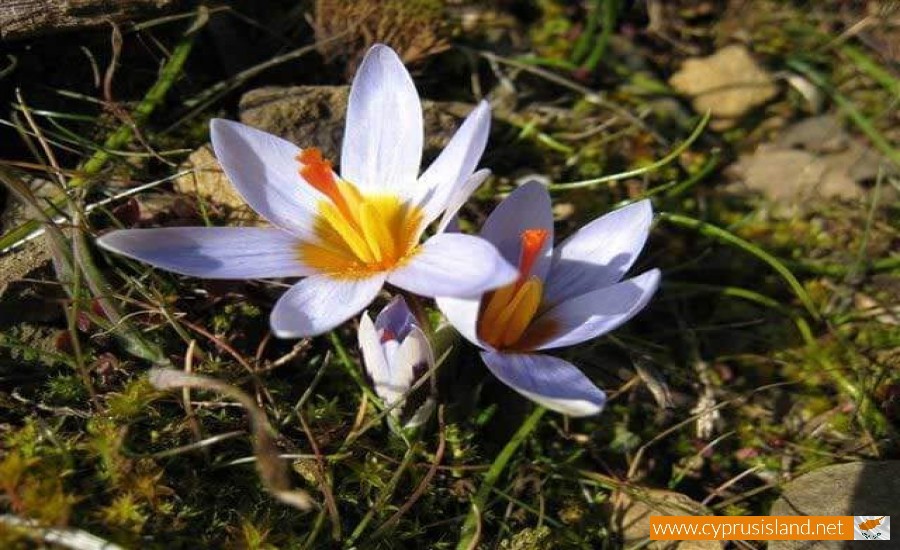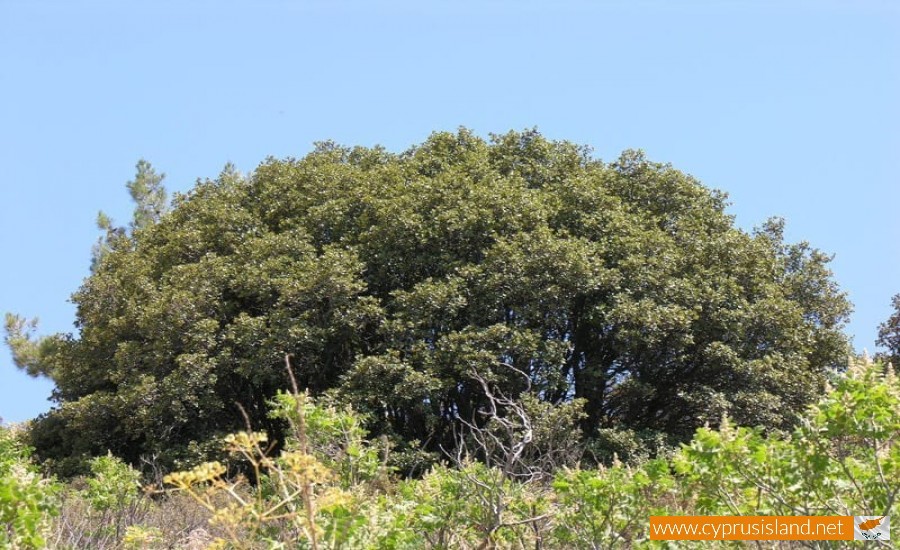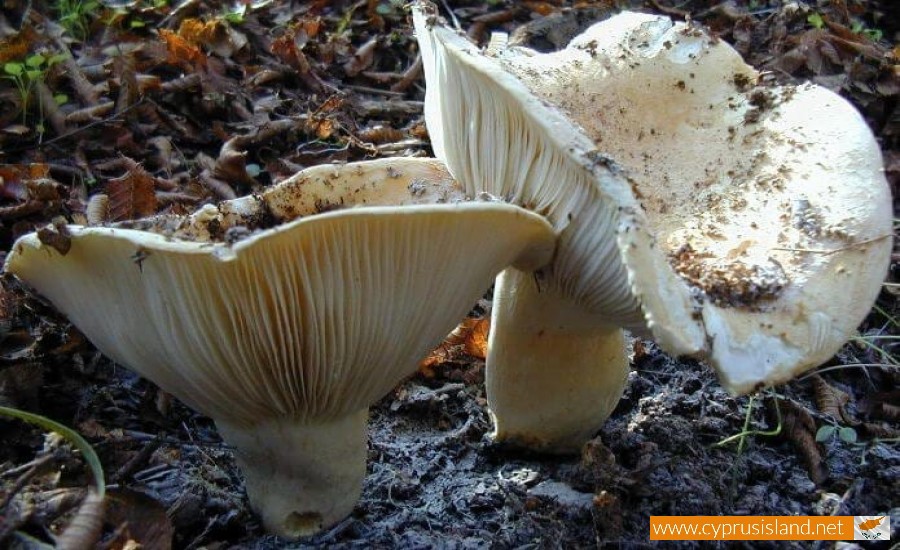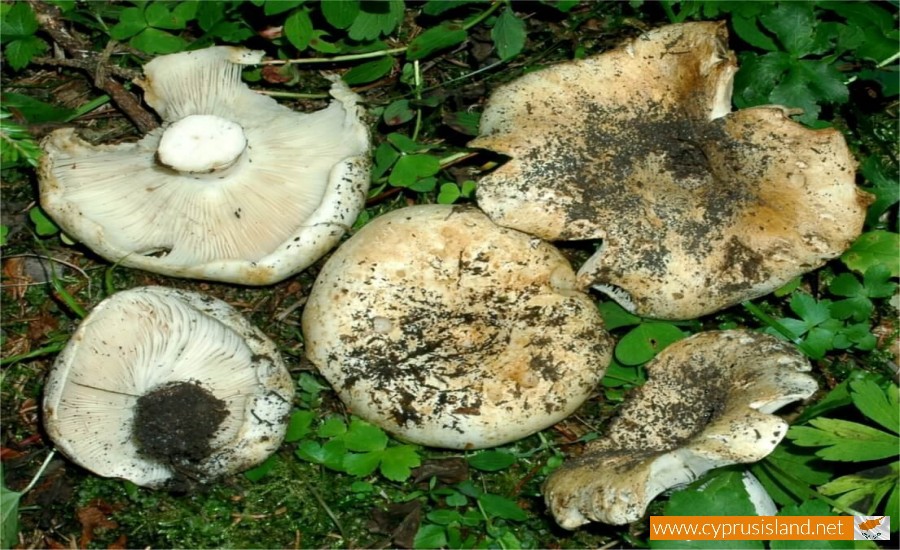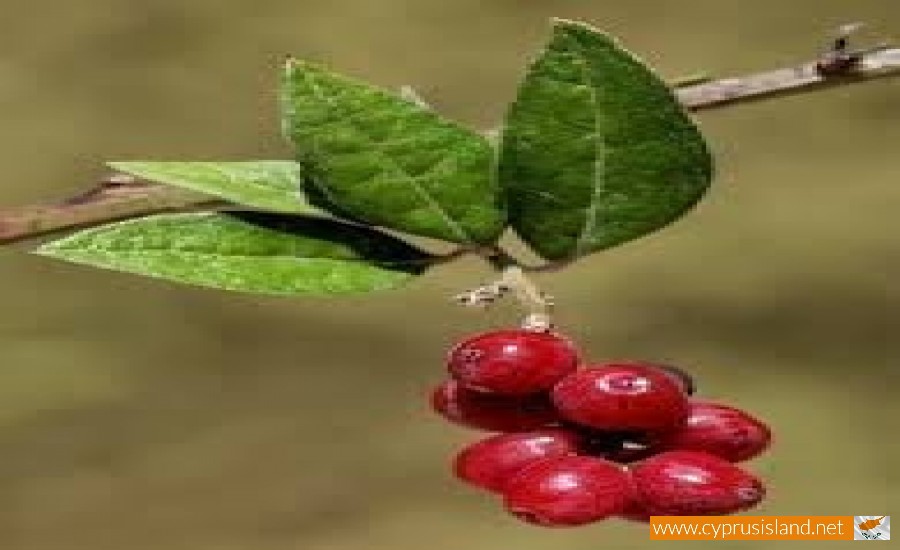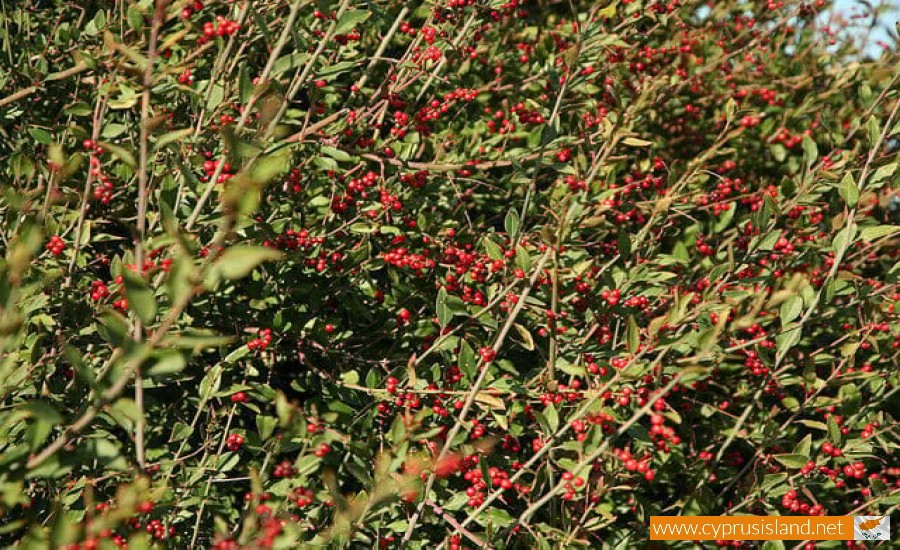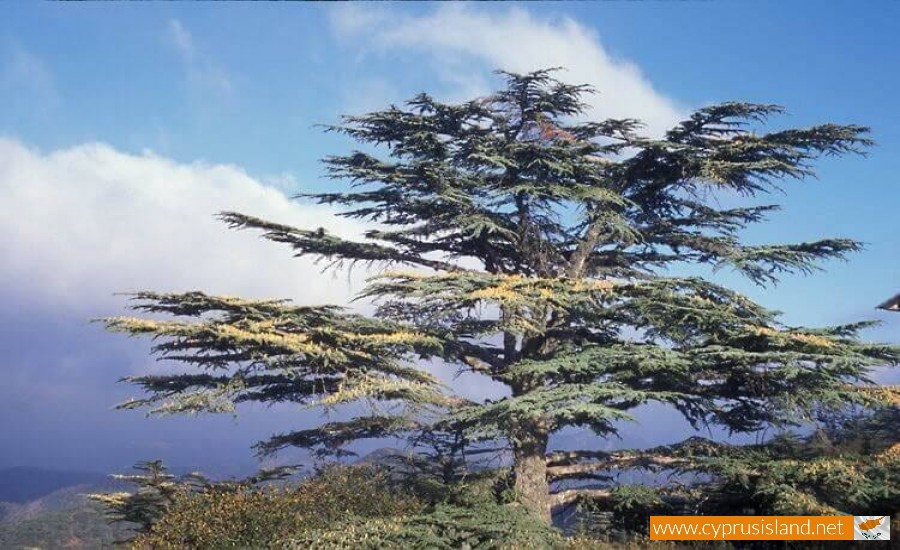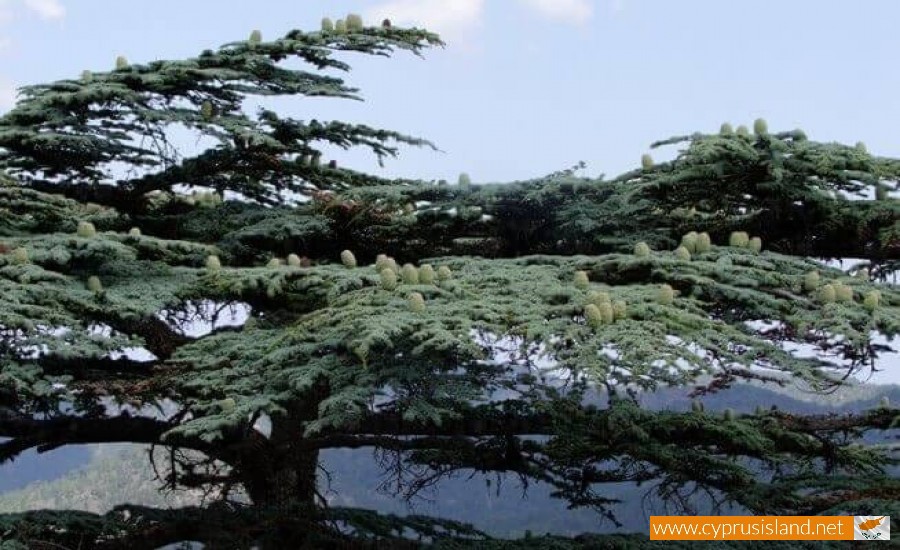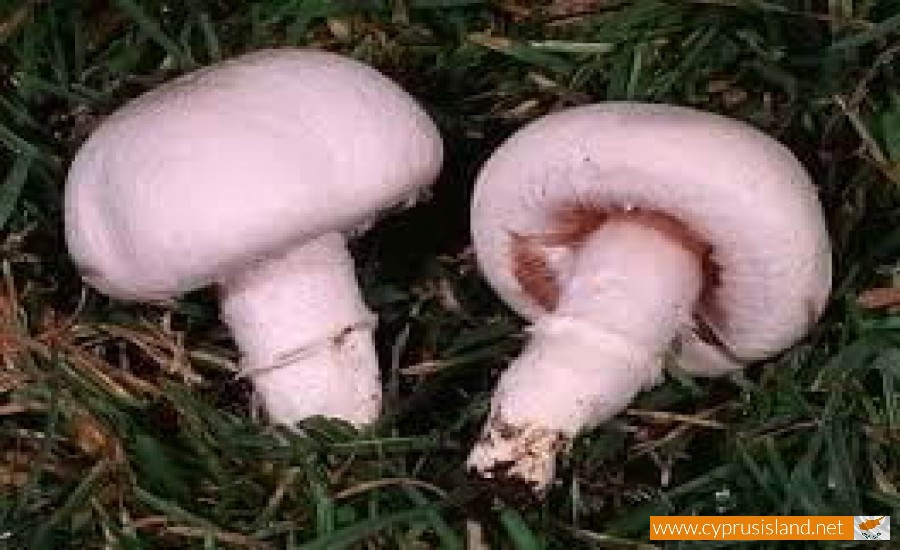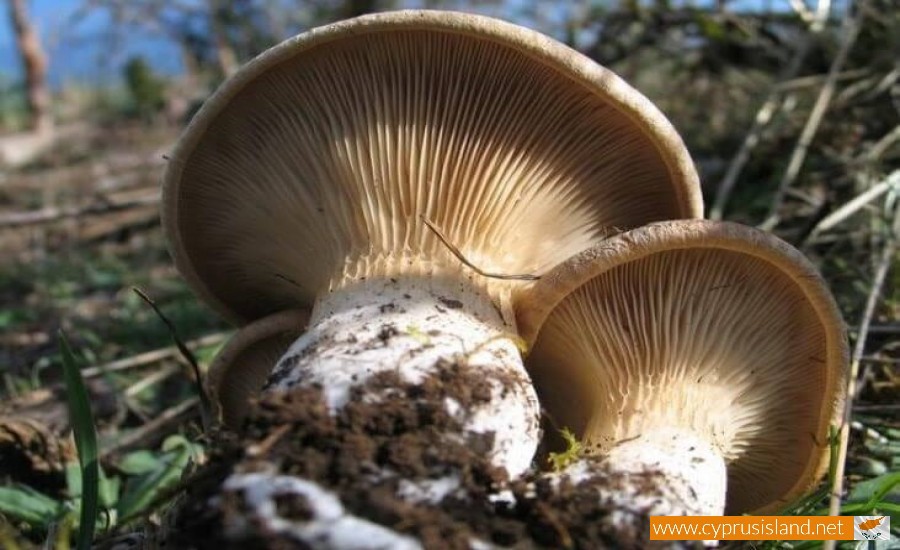Cyprus flora
Cyprus, with its particular location in the eastern part of the Mediterranean, presents one of the richest flora in the area. This is due to various reasons such as its geological structure, the climatic conditions, the island character, the sea which surrounds it as well as the topographic layout. The study of the Cypriot flora is one of the most important activities of the forest department. Therefore there is a constant collection of plants which the forest department uses to upgrade and enhance the herbarium. This activity adds to the creation of a more complete picture of the Cypriot flora and also helps the attempts to protect and preserve it.
Until today, 1908 different species, subspecies, varieties, forms and hybrids have been reported. This number includes all of the native plants, without however the agricultural plants. The endemic plants, which only grow in Cyprus are 140 and make up the most important part of the flora of Cyprus. Included in the most important endemic plants are the Cypriot bozea or zoulatzia (Bosea cypria) one of the three species on the planet, the Cypriot cedras (Cedrus brevifolia) one of the four species of cedros found in the world, the Cypriot tulip (Tulipa cypria) , the endemic crocus (Crocus cyprius and C. hartmannianus ), the latzia (Quercus alnifolia) and many others.
Cyprus plants
Further down the plant category definitions are summarised:
- Self-growing plants: these are the plants which grow in Cyprus and create small and large populations. They are divided into native and foreign.
- Native plants: these are the plants which live, reproduce and form natural populations in Cyprus. The plants which only grow in Cyprus are called endemic. The endemic plants represent the 7.5% of the native and foreign flora of Cyprus. The other self-growing plants form natural populations in other neighbouring countries or countries of the Mediterranean area and the Middle East and never entered Cyprus in any way.
- Foreign plants: These are the species which after systematic observation and research, it was confirmed that they are self-growing but may also grow in small populations. Some of the plants which entered and have adapted are: ailanthus, giatros, parkinsonia, dodonia etc.
- Cultivated plants: These are the plants which entered Cyprus for cultivation reasons and it has not been determined whether they are self-growing or form small populations. Examples of cultivated plants are the lemon tree, hibiscus, grevilleia etc.
Cyprus mushrooms (Fungus)
Mushrooms are a category of fungus which have fruits visible by the naked eye and appear either on or under the ground. Even though only a small number of species has been reported (about 100 species) the fungus flora of Cyprus is much richer. Cypriots deal with the collection of wild mushrooms. Some of the most wanted mushrooms which are collected in Cyprus are:
- Red mushroom (Lactarius deliciosus (L:Fr) S.F Gray) . A common mushroom which is considered very tasty. It appears in autumn in forests with black pine (Pinus brutia and P. nigra ssp pallasiana) and in bushy areas.
- White mushroom (Russula delica Fr). A common mushroom in Cyprus. It is edible even though it isn’t considered to be of good quality. It appears in autumn in forests with black pine (Pinus brutia and P.nigra ssp pallasiana).
- King trumpet mushroom (Pleurotus eryngii var ferulae Lanzi). It is one of the most well-known and popular mushrooms in Cyprus. It is found in spring and in autumn in areas with giant fennels (Ferula communis) on the roots of which it grows.
- Field mushroom (Agaricus campestris L.ex FR). A common edible mushroom. It usually appears in autumn in field or gardens.
- Sponge mushroom (Morchella conica Swarts ex Pers). A popular edible mushrooms. It has a peculiar and special shape full of wrinkles and grooves which remind of a sponge or a pine cone. It appears in spring in recently burnt areas, forests, valleys and barren land.
The collection and removal of mushrooms from the forest ecosystem, if done properly does not affect its various operations. However the excessive collection of specific species, as well as the use of tools ruin the habitat and the mushrooms themselves.
Perennial trees nature monument trees
The perennial nature monument trees are usually trees of large dimensions, a few or many centuries old. Until today, there have been reported over 200 perennial trees while the search for others continues. The forest department is applying a programme for the preservation of perennial trees which are in forest land. Until the end of 2004, there have been 46 listings of preserved perennial trees as well as 12 clusters of trees which are outside forest land.


